Touristic sites in Bulgaria
Bulgaria is a country located in southeastern Europe, bordered by Romania to the north, Serbia and North Macedonia to the west, Greece and Turkey to the south, and the Black Sea to the east. With a population of around 7 million people, it is the 16th-largest country in Europe.
Overall, Bulgaria is a country with a fascinating history, beautiful scenery, and delicious food. While it still faces a number of challenges, its people are working hard to build a brighter future for themselves and their country.
Bulgaria is a beautiful country in southeastern Europe that boasts a rich history and diverse culture. From ancient archaeological sites to stunning natural scenery, there is something for every type of traveler in Bulgaria.
Sofia - The Capital City
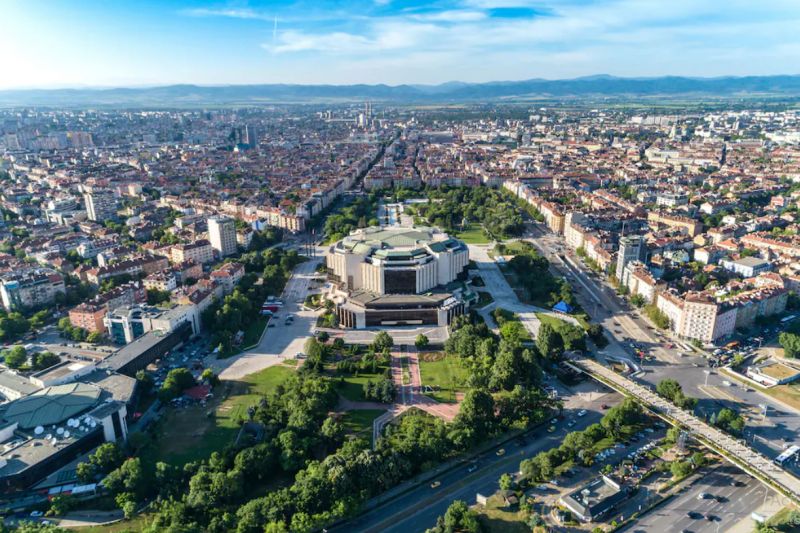
Sofia is the capital and largest city of Bulgaria, with a population of over 1.2 million people. It is located in the western part of the country, at the foot of the Vitosha mountain.
Sofia has a rich history, dating back to at least the 5th century BC. Over the centuries, it has been ruled by the Thracians, Romans, Byzantines, Ottomans, and Bulgarians, among others. This has left a significant cultural and architectural legacy, with ancient ruins and historic buildings scattered throughout the city.
Today, Sofia is a vibrant and modern city, with a wide range of cultural attractions, including museums, galleries, theaters, and festivals. Some of the city's most notable landmarks include the Alexander Nevsky Cathedral, one of the largest Eastern Orthodox cathedrals in the world, the National Palace of Culture, the Vitosha Boulevard shopping and dining area, and the Borisova Gradina park.
Overall, Sofia is a fascinating and dynamic city, with a rich history, diverse culture, and modern economy.
Plovdiv - The City of the Seven Hills
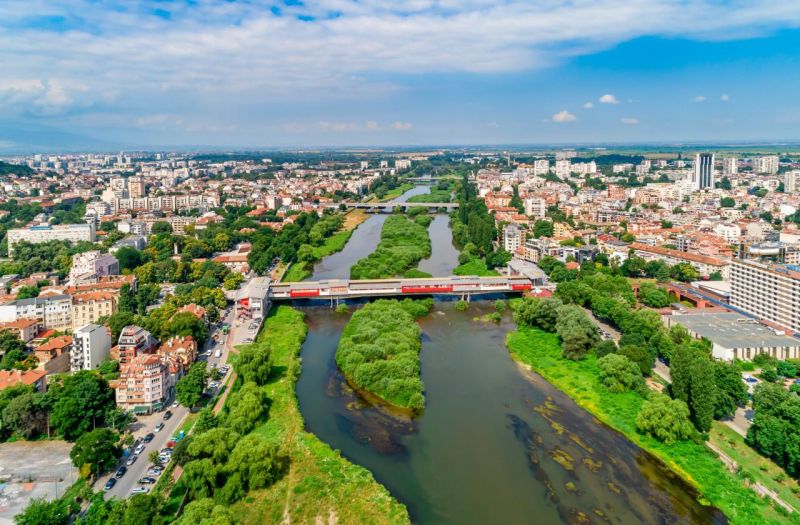
Plovdiv is the second-largest city in Bulgaria, with a population of around 350,000 people. It is located in the central part of the country, in the Thracian Plain, and is situated along the banks of the Maritsa River.
Plovdiv is one of the oldest continuously inhabited cities in Europe, with evidence of human settlement dating back to the 6th millennium BC. Over the centuries, the city has been ruled by the Thracians, Macedonians, Romans, Byzantines, Bulgarians, and Ottomans, among others. This has left a significant cultural and architectural legacy, with ancient ruins and historic buildings scattered throughout the city.
Today, Plovdiv is a vibrant cultural and economic center, with a range of museums, galleries, theaters, and festivals. The city is famous for its Old Town, a well-preserved historic district with cobbled streets, traditional houses, and numerous historical landmarks, such as the Roman Theater, the Ancient Stadium, and the Ethnographic Museum.
Plovdiv is also a center for industry and commerce, with a diverse range of industries, including food processing, textiles, and machinery. The city is home to many universities, research centers, and start-ups, making it a hub for innovation and entrepreneurship.
In terms of transportation, Plovdiv has an extensive network of public transportation, including buses and trolleys. The city is also well-connected to other parts of Bulgaria and Europe, with an international airport and a major railway station.
Overall, Plovdiv is a fascinating and dynamic city, with a rich history, diverse culture, and modern economy.
Varna - The Sea Capital
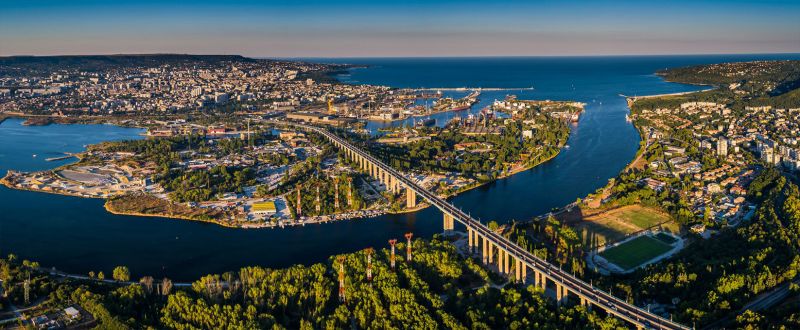
Varna is a coastal city in northeastern Bulgaria, located on the Black Sea coast. It is the third-largest city in Bulgaria, with a population of around 350,000 people.
Varna has a rich history, dating back to ancient times. It was founded by the Thracians in the 5th century BC and has been ruled by the Romans, Byzantines, Bulgarians, and Ottomans, among others. This has left a significant cultural and architectural legacy, with ancient ruins and historic buildings scattered throughout the city.
Today, Varna is a popular tourist destination, known for its beautiful beaches, parks, and gardens. The city has a range of cultural attractions, including museums, galleries, and theaters. The most notable landmarks include the Varna Archaeological Museum, the Naval Museum, the Cathedral of the Assumption of the Virgin, and the Sea Garden, a large park along the coast.
Varna is also an important economic center, with a diverse range of industries, including maritime transport, tourism, and high-tech. The city is home to many universities, research centers, and start-ups, making it a hub for innovation and entrepreneurship.
In terms of transportation, Varna has an international airport and a major railway station, as well as a network of public transportation, including buses and trams.
Overall, Varna is a beautiful and dynamic city, with a rich history, diverse culture, and modern economy.
Rila Monastery
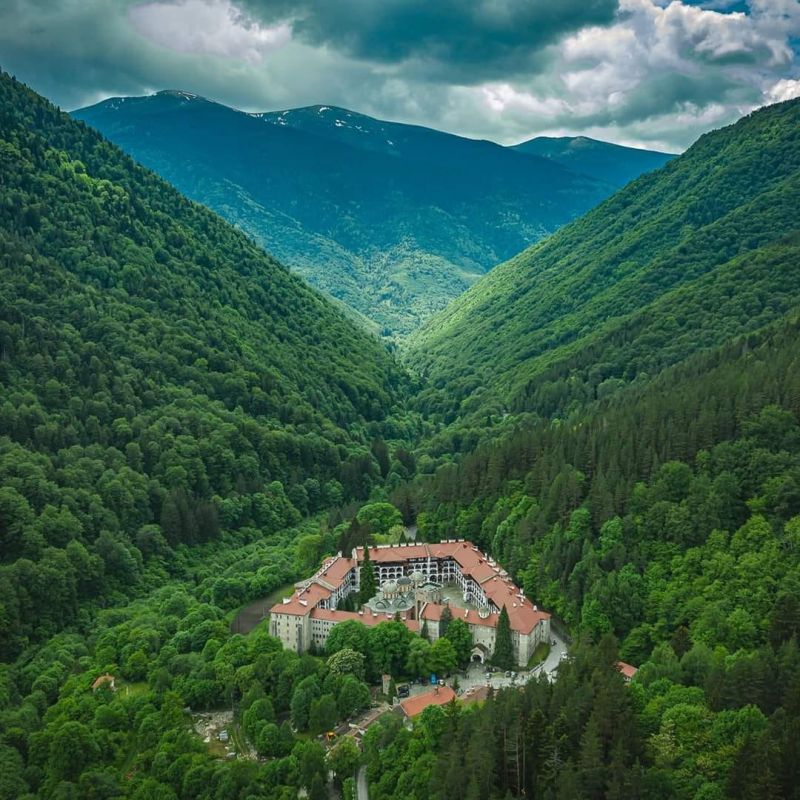
Rila Monastery is one of the most famous landmarks in Bulgaria, located in the Rila Mountains, about 120 km south of Sofia. The monastery is considered one of the most important cultural, historical, and architectural monuments in the country.
Rila Monastery was founded in the 10th century by the hermit Ivan Rilski, who chose the remote location in the mountains to escape worldly distractions and focus on his spiritual life. Over the centuries, the monastery was destroyed and rebuilt several times, with the current structure dating back to the 19th century.
The monastery is known for its stunning architecture, which features colorful frescoes, intricate wood carvings, and unique stone details. The central church of the monastery, the Nativity of the Virgin, is considered one of the most impressive examples of Bulgarian medieval art.
Today, Rila Monastery is a popular tourist destination, attracting visitors from all over the world who come to see its beautiful architecture and learn about its rich history. The monastery is also an active spiritual center, with a community of monks who live and work there.
In addition to its cultural and historical significance, Rila Monastery is located in a picturesque area of the Rila Mountains, with many hiking trails and natural attractions nearby. This makes it a popular destination for outdoor enthusiasts and nature lovers.
Overall, Rila Monastery is a unique and fascinating destination, combining spiritual, cultural, and natural elements to create a truly unforgettable experience.
Belogradchik Rocks
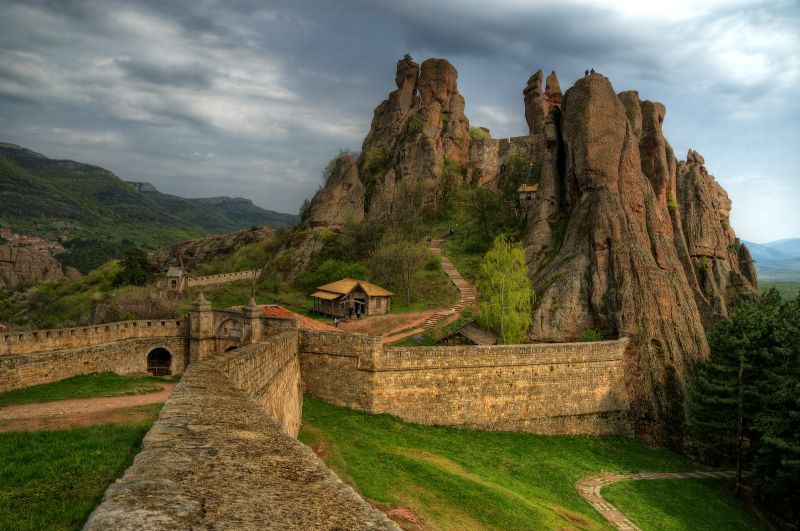
The Belogradchik Rocks are a natural phenomenon located in the northwest part of Bulgaria. The rocks are a series of towering red sandstone formations that have been sculpted over millions of years by wind and rain. Visitors can explore the area on foot, and there are several hiking trails that offer stunning views of the rocks.
Pirin National Park
Pirin National Park is located in southwestern Bulgaria, and it is known for its stunning natural scenery. The park is home to the Pirin Mountains, which are a range of rugged peaks and deep valleys. Visitors can explore the park on foot, and there are several hiking trails that lead to scenic viewpoints and crystal-clear mountain lakes.
The Black Sea Coast
The Black Sea coast of Bulgaria is home to many beautiful beaches and resort towns. Visitors can enjoy swimming, sunbathing, and water sports, and there are many restaurants and cafes that offer delicious local cuisine. Some of the most popular resort towns include Sunny Beach, Golden Sands, and Albena.
Bansko

Bansko is a popular ski resort town located in southwestern Bulgaria. The town is situated at the foot of the Pirin Mountains, and it offers excellent skiing and snowboarding opportunities. Bansko also has a charming Old Town with cobbled streets and traditional houses, as well as a number of restaurants and bars that serve delicious local food and drinks.
Veliko Tarnovo
Veliko Tarnovo is a historic city located in northern Bulgaria, and it is known for its well-preserved medieval architecture. The city was the capital of the Second Bulgarian Empire in the 12th and 13th centuries, and visitors can explore the medieval fortress, the Tsarevets Hill, and the Patriarchal Cathedral of the Holy Ascension of God. The city also has a lively arts and culture scene, with a number of festivals and events throughout the year.
Pamporovo
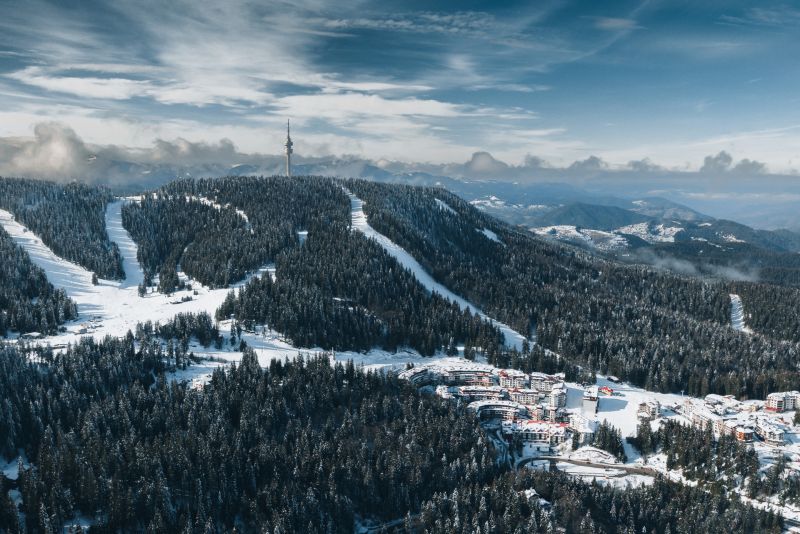
Pamporovo is another popular ski resort town located in the Rhodope Mountains in southern Bulgaria. The town offers excellent skiing and snowboarding opportunities, as well as other winter sports like snowshoeing and ice skating. Visitors can also explore the surrounding mountains on foot or by mountain bike in the summer months.
Koprivshtitsa
Koprivshtitsa is a charming town located in the Sredna Gora Mountains in central Bulgaria. The town is known for its well-preserved 19th-century architecture, and visitors can explore the many traditional houses, museums, and galleries. The town is also home to several historic sites, including the Oslekov's House, the Lyutov House, and the Todor Kableshkov House.
Balchik Palace
The Balchik Palace is a stunning palace complex located on the Black Sea coast in northeastern Bulgaria. The palace was built in the early 20th century by Queen Marie of Romania, and it features a beautiful botanical garden with over 3,000 species of plants. Visitors can explore the palace and the gardens, which offer stunning views of the sea and the surrounding landscape.
Seven Rila Lakes
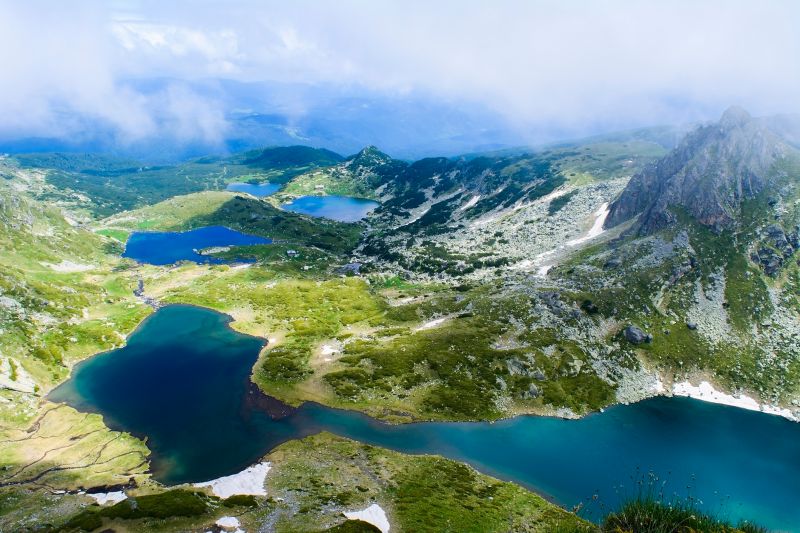
The Seven Rila Lakes are a group of glacial lakes located in the Rila Mountains in southwestern Bulgaria. The lakes are named after their distinctive shapes and sizes, and they are known for their crystal-clear water and stunning mountain views. Visitors can hike to the lakes from the Rila Monastery or from the nearby resort town of Borovets.
These are just a few of the many tourist sites that Bulgaria has to offer. Whether you are interested in history, nature, winter sports, or beach life, Bulgaria has something for everyone.
In conclusion, Bulgaria is a beautiful country that has much to offer to tourists. From its rich history to its stunning natural scenery, there is something for everyone in this hidden gem of southeastern Europe. Whether you are interested in exploring ancient archaeological sites, enjoying the beach life, or experiencing the local culture and cuisine, Bulgaria has it all.

